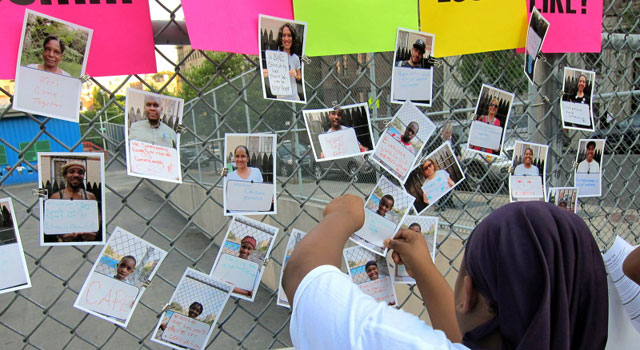
Most education studies involve academic researchers coming into schools trying to figure out the answer to a predetermined question. But what if students themselves helped shape questions about their own school reality -- and learned the social science tools to research those important questions?
That's what the Public Science Project is doing with students. The group, primarily located in New York City, approaches the experiences of students as a crucial kind of expertise that helps inform the research and makes it more authentic. To capture the information, academic researchers train school-aged young people in statistics and research methods so they can participate equally in conducting studies on education.
In one iconic project called Echos of Brown 50 Years Later, students and researchers delved into the history of Brown vs. Board of Education, interviewed civil rights leaders, and surveyed more than 10,000 youth nationwide about their experiences of subtle segregation in school. The group of 13 students represented various socio-economic levels and came from suburban and urban New York and New Jersey. Together, they created a multimedia expression of how their personal stories fit into the history of inequality, including spoken word, interpretive dance, and an interactive multimedia book that has since been used in teacher training. Echos of Brown is just one outcome of the Opportunity Gap Project, a longer running effort to involve the area's youth in research about education inequity.
Public Science Project has been enlisting the help of young people and motivating them to engage in research in large part because they value what students bring to the table. Researchers expect students to be equal partners in the task and have found that they rise to that challenge. To understand complicated issues, like how inequality is perpetuated in the school system, the Public Science Project tries to recruit students from diverse ethnic, socio-economic, and religious backgrounds. They're interested in the kids who have dropped out of school as well as the ones struggling to get through it.
The organization conducts two-day research camps (usually on weekends) to bring students up to speed on methods training, interviews, focus groups, survey design, and participant observation. Some students receive high school or college credits for their work, while others get paid. This model offers interesting insights for educators struggling to motivate and challenge learners that seem disengaged or disinterested in learning.

